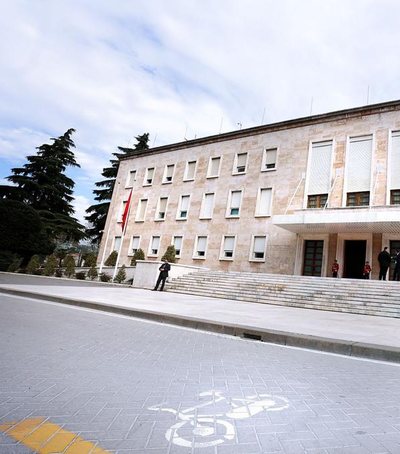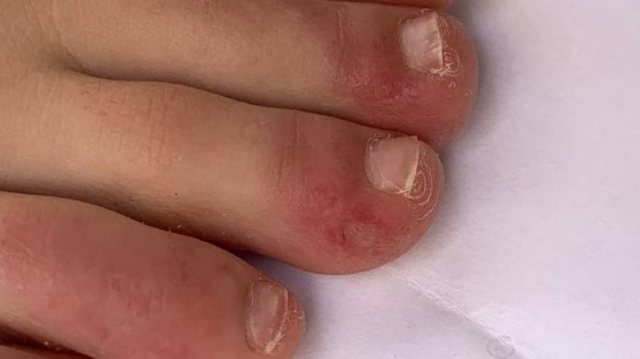
Five types of rash, including the Covid toe, are affecting some patients diagnosed with Covid-19, according to a study conducted by Spanish doctors.
The rash tended to appear in young people and lasted for several days.
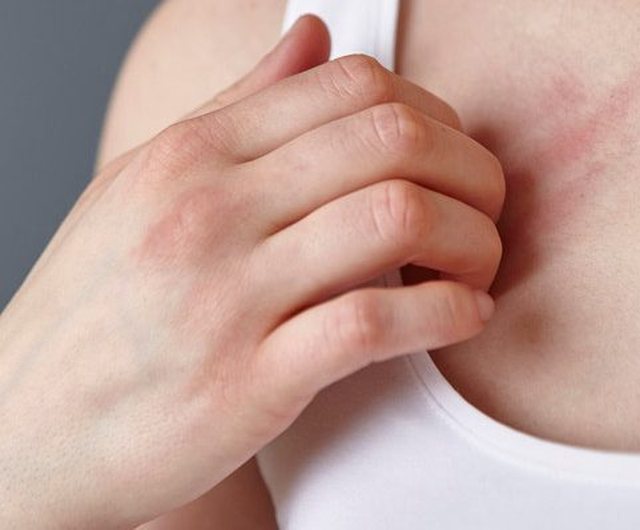
It is not uncommon for redness to be a symptom of a virus. But researchers said they were surprised to see so many types of redness from Covid-19. Rash is currently not included in the list of disease symptoms.
There have been many reports of "Covid's toe", a rash that appears on the feet of patients with Covid even in the absence of other symptoms. Leading researcher, Dr. Ignacio Garcia-Doval said the most common form of rash in the study was maculopapula: small, flat, raised red bumps that tend to appear on the trunk of the body.
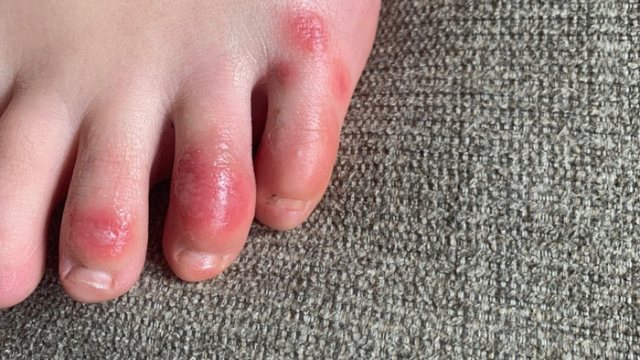
"Usually it shows up later, after breathing problems, so it's not good for diagnosing patients," he told the BBC.
The redness most often seen in the study affected almost half of the patients
All patients in the study were already in the hospital and had respiratory symptoms. The work reviewed by counterparts was published this week in the British Journal of Dermatology.
All dermatologists in Spain were asked to share details of Covid patients who had been cared for and who had developed redness in the previous two weeks. There were a total of 375 people. The five rashes were:

a. Asymmetrical lesions, around the hands and feet, which can cause itching or pain. In general, younger patients, who lasted an average of 12 days, appeared later in the disease and were associated with mild infections. They accounted for 19% of cases.
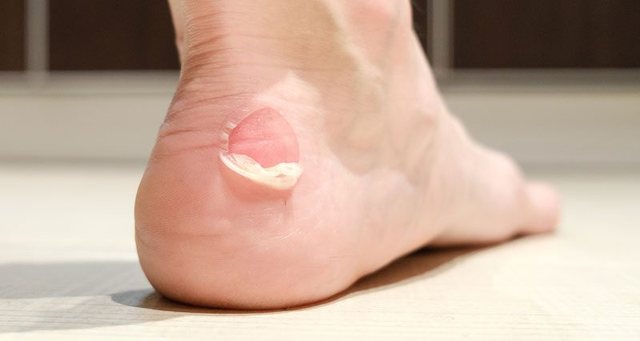
b. Explosions of small bubbles filled with fluid, which cause itching and are found on the trunk of the body as well as on the limbs. These were found in middle-aged patients, lasted about 10 days, and appeared before other symptoms. (9%)
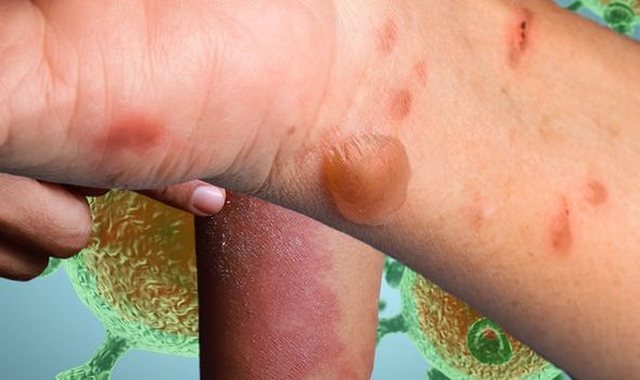
c. Areas with raised pink or white skin that looked like nettle rash often caused itching. Mostly on the body but sometimes also on the palms of the hands. (19%)
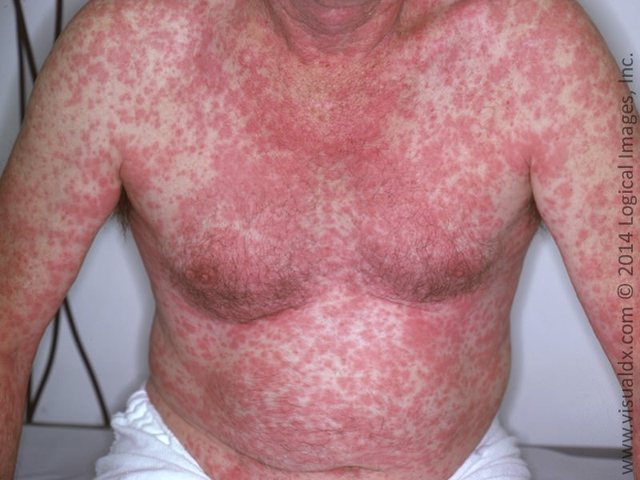
ç. Maculopapula - small, flat, raised red bumps. These accounted for 47% of cases. They lasted about seven days and appeared at the same time as other symptoms, but tended to be seen in patients with more severe infections.
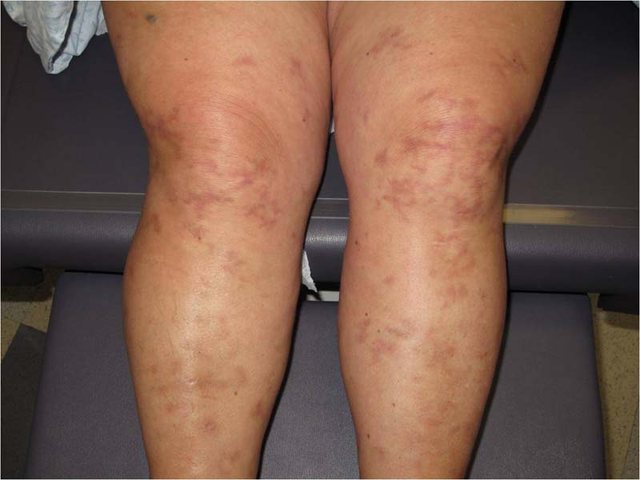
d. Livedo (also known as necrosis) was present in 6% of cases. The skin looked like it was stained red or blue, with a mesh-like pattern. It is a sign of poor blood circulation. This occurred in older patients with severe disease.
However, the researchers noted that rashes can have many causes and can be difficult to distinguish between them without medical expertise.
"The importance of this study is not so much to help people self-diagnose, but rather, to help build our broader understanding of how infection can affect people," said Dr. Ruth Murphy, president of the British Dermatologists Association.
Dr. Michael Head at the University of Southampton said rashes were a known side effect of many viral infections, including pneumonia. The American Academy of Determatology is also compiling a record of skin symptoms seen by its members.



